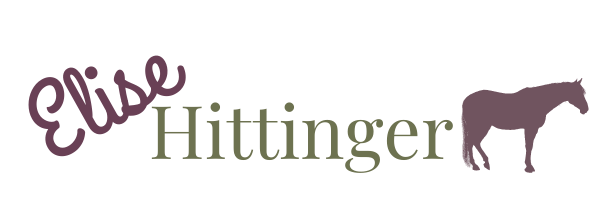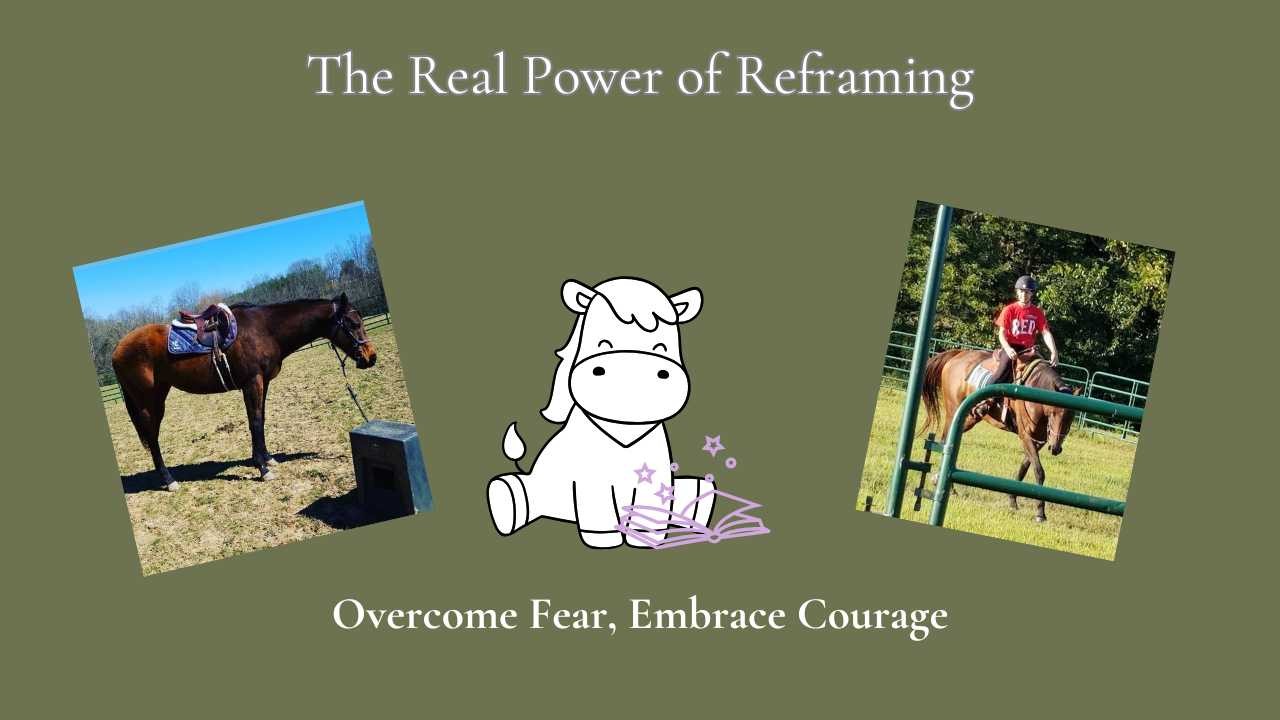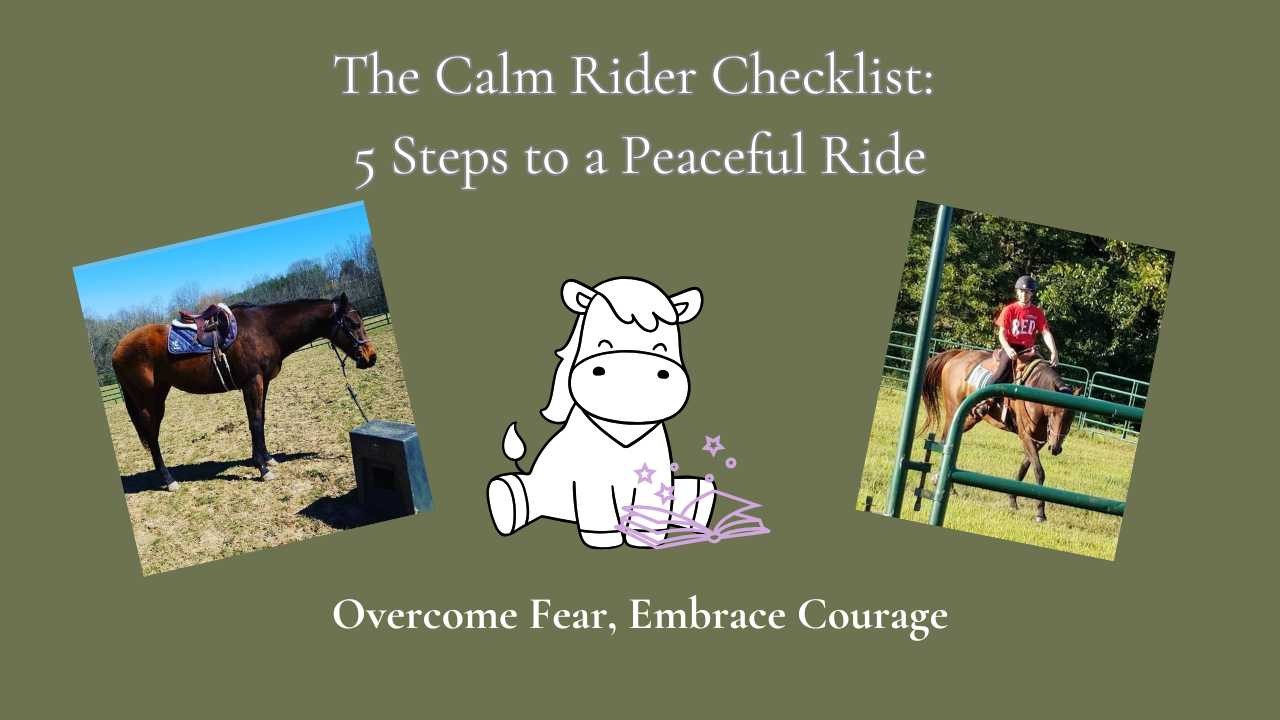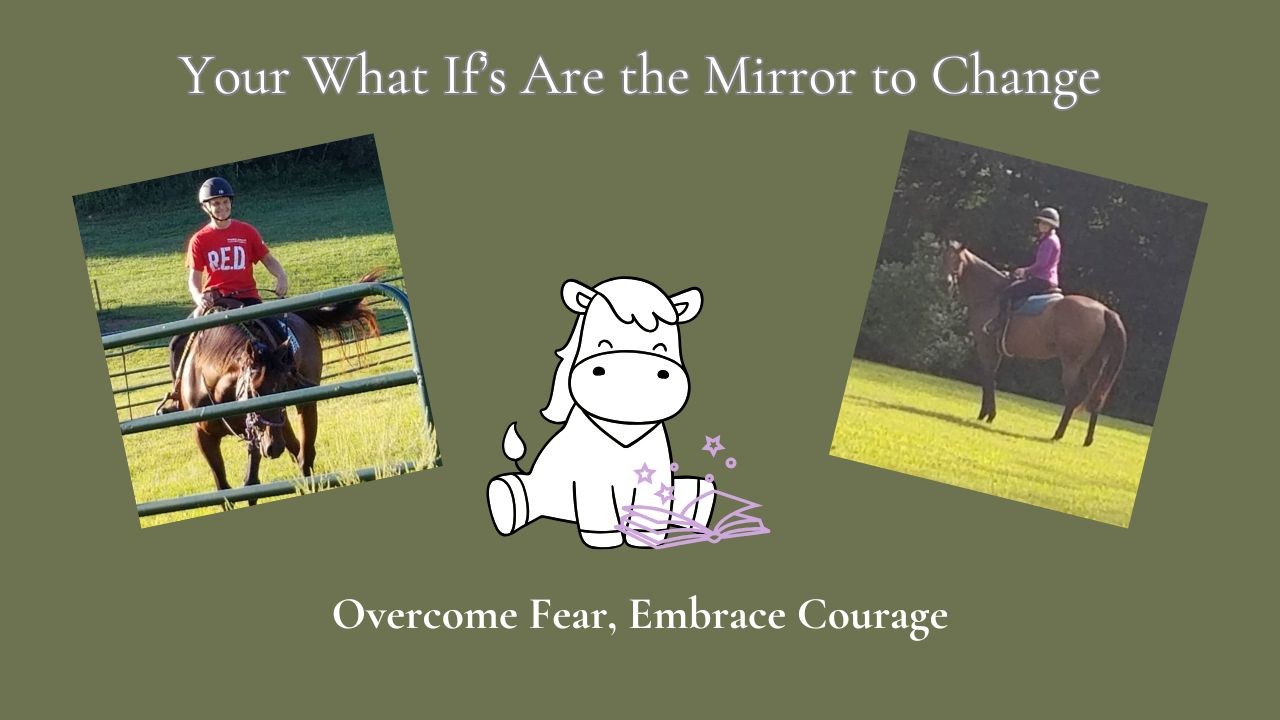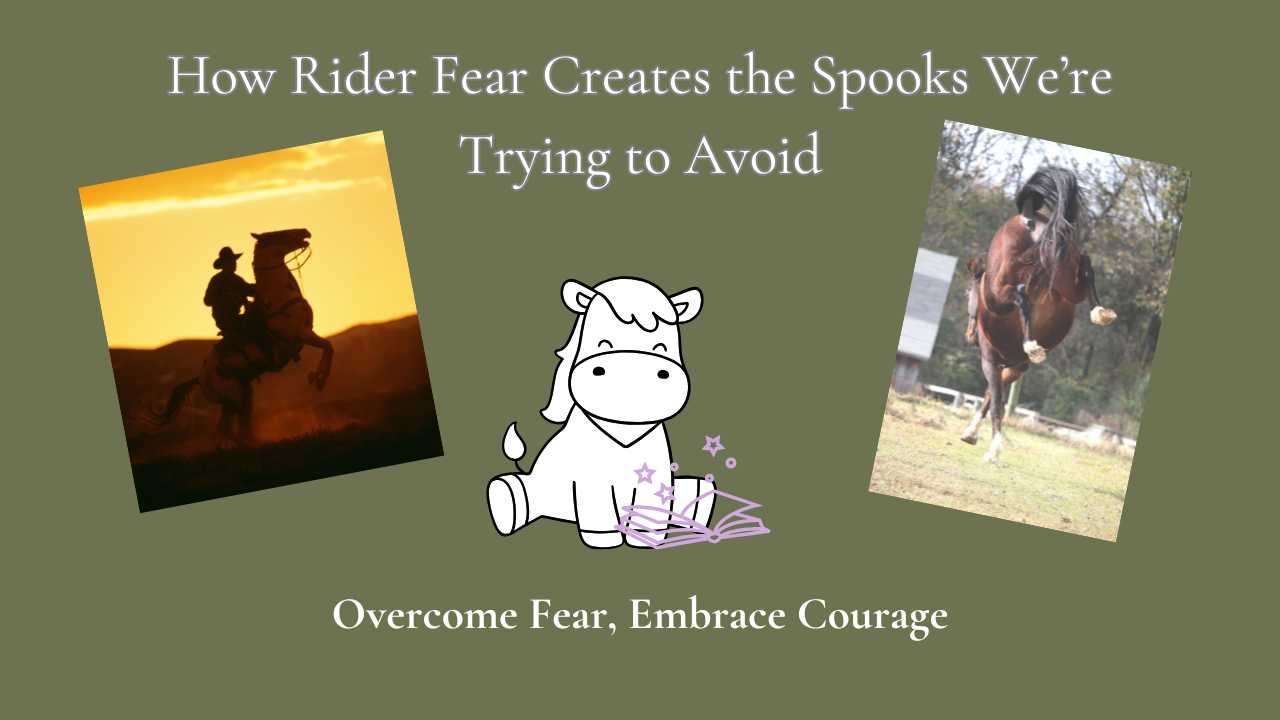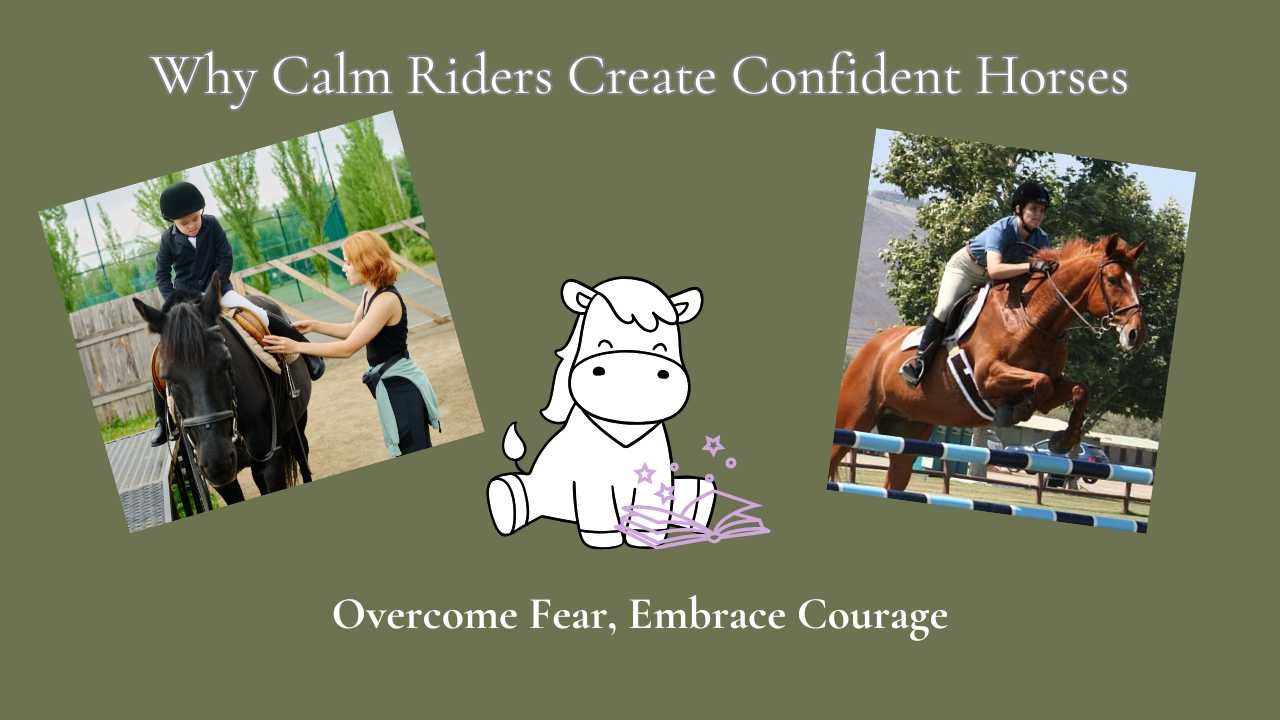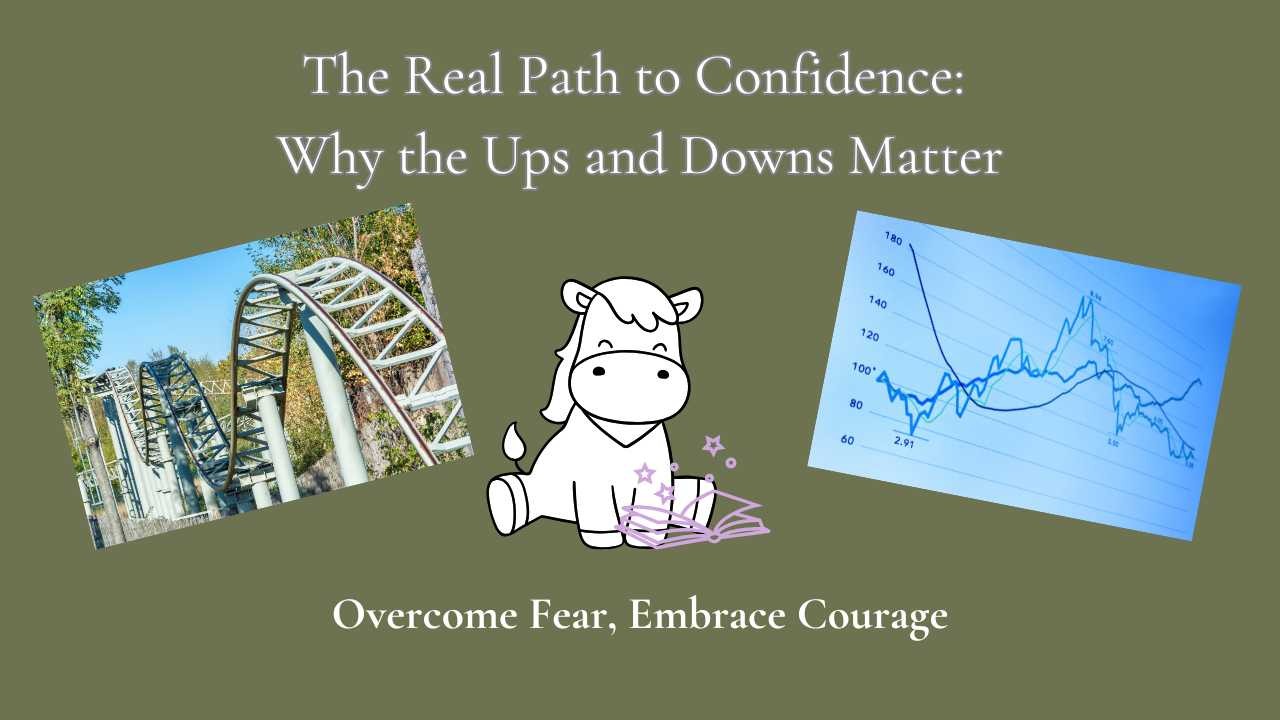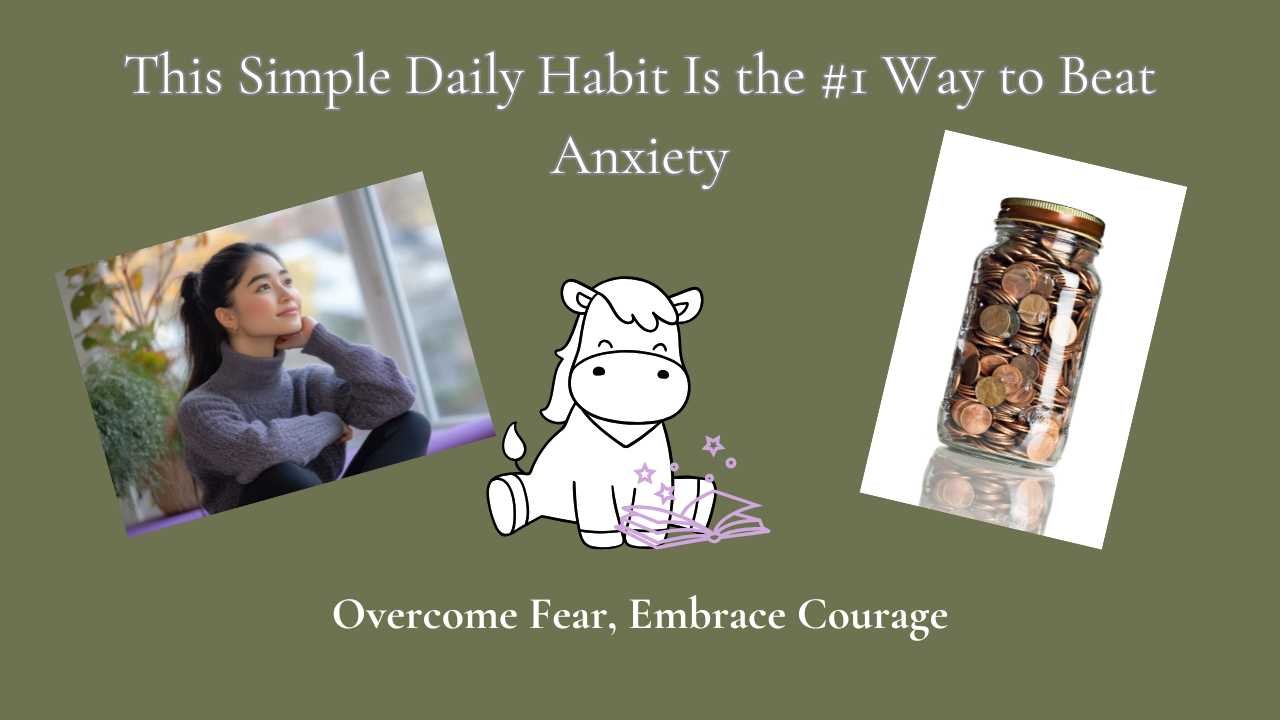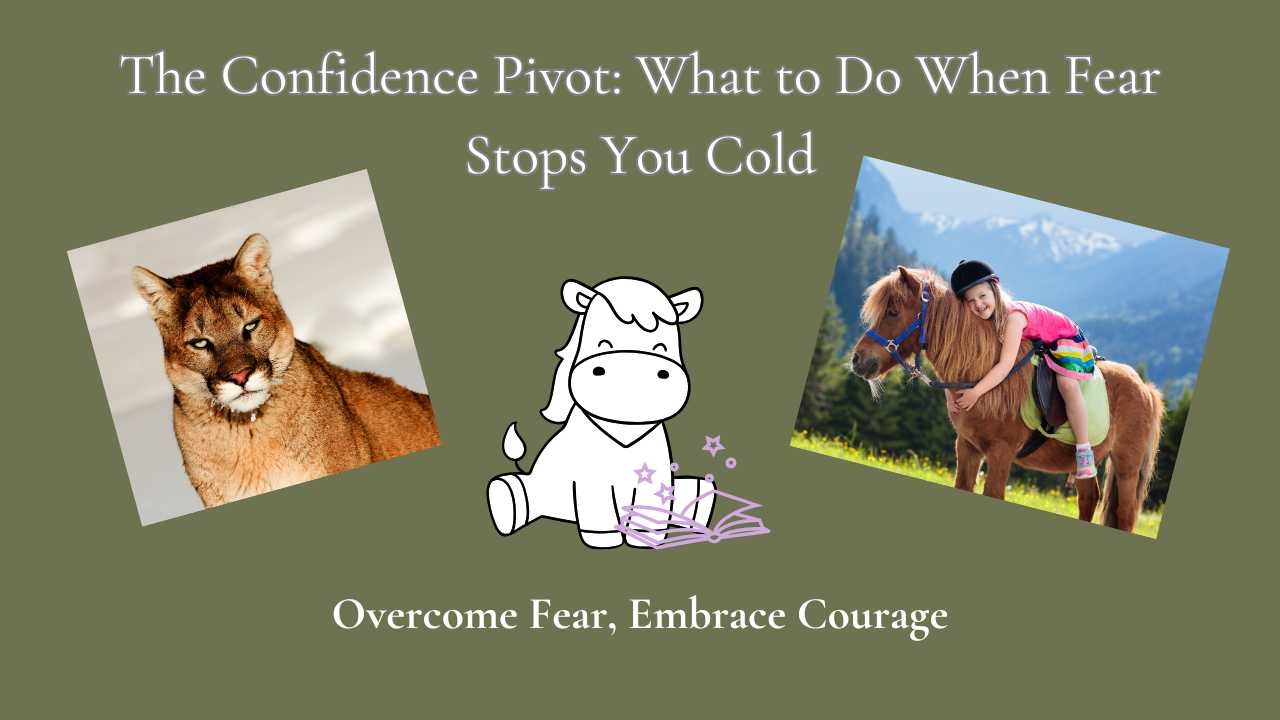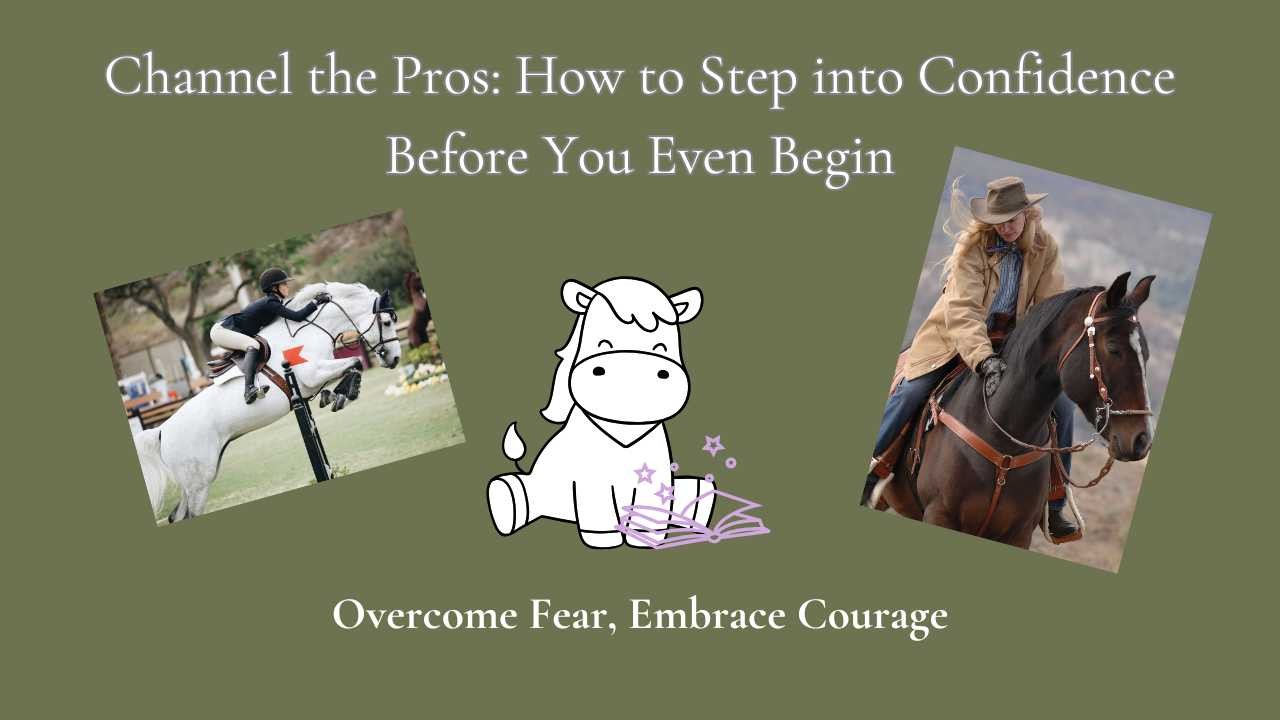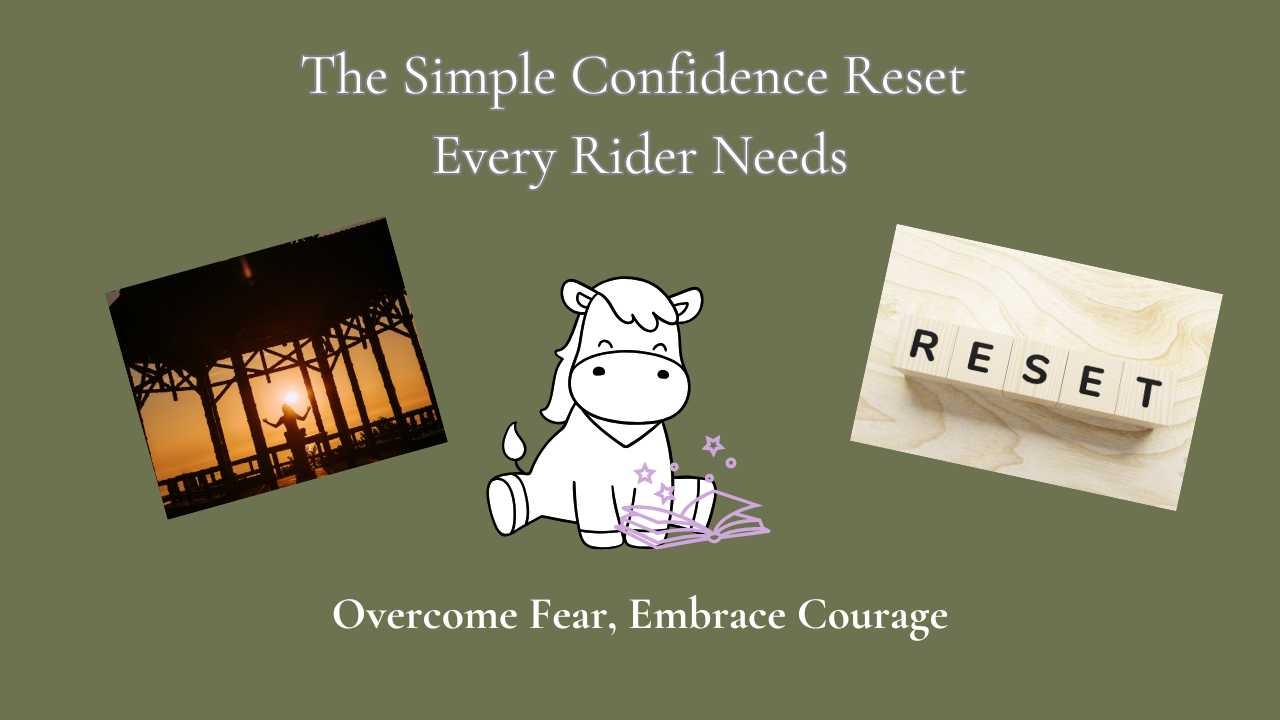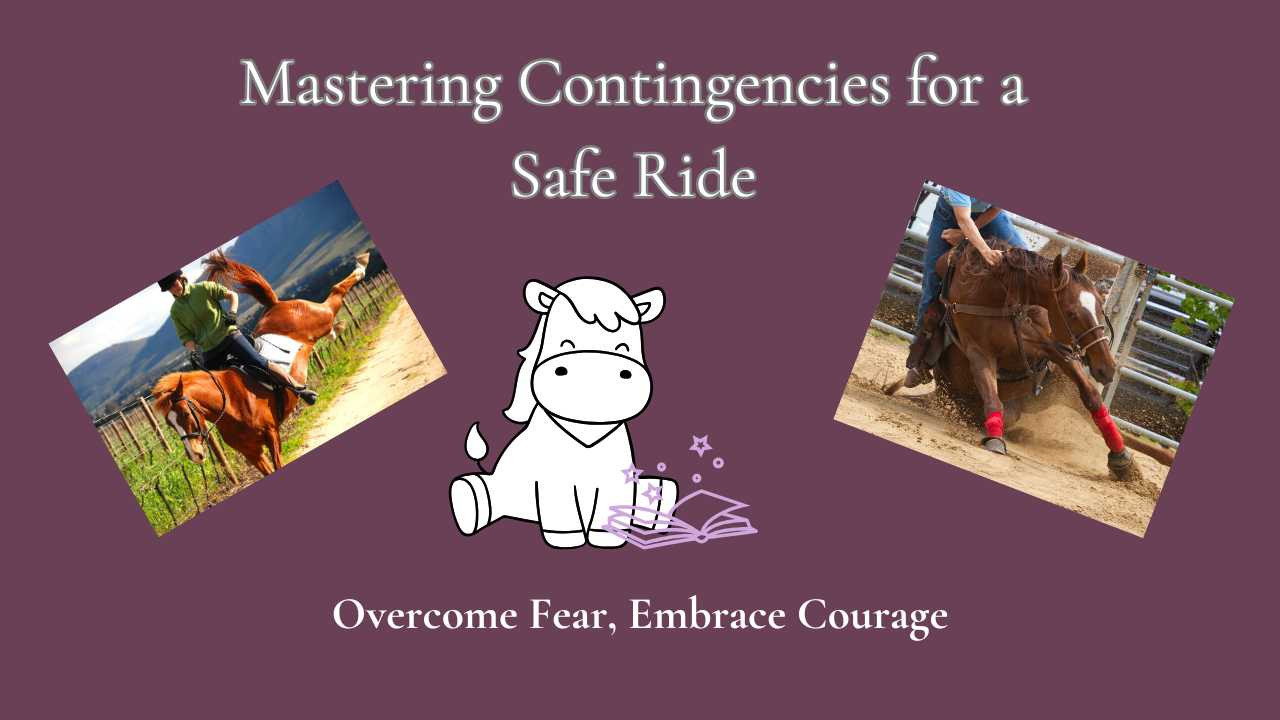
Ever wondered how professional equestrians manage unexpected situations with grace and confidence? The secret lies in preparation. In our latest podcast episode, "Build the Safety Net" we dive into the crucial steps every rider should take to ensure they're ready for any contingency. After my accident, I realized just how unprepared I was—not just for that moment, but for any contingency.
I cannot stress enough the importance of preparing yourself and your horse for unexpected situations. I am going to focus on you since I am not a horse trainer, but both of you should be prepared.
Preparing Yourself for Contingencies
- Mental Preparation: Know what you will do in any of the situations that scare you. Know what you will do when your horse rears, bucks, bolts, spooks, etc. Have that mental plan and feel confident that it is solid.
- Physical Readiness: There are two parts to this. First, make sure you are as healthy as you can be, good balance, strength and flexibility are important to reduce anxiety and be able to handle any situation. The second part is to practice what you will do. With your horse standing still, practice what you will do if the horse rears. For me, I would use one rein and gently pull it off to one side so the horse comes down off balance and moving into a circle, and I can do this while standing still or walking. Whatever plan you have, practice that plan.
Preparing Your Horse for Contingencies
- Work with a professional on this one. There are so many things that can be done to help your horse remain calm during any situation.
- Building Trust between you and your horse so your horse sees you as the leader. Hint, you can't do this and be timid. You have to step up and show the horse you are leader worthy.
Practicing Dismounting and Falling
- Safe Dismounting: Practice dismounting. If you have physical limitations, this may hold you back, work to improve those physical limitations. ’m lightning-fast at dismounting, and you should be too! Also, know when to dismount and when not to. This decision is personal, but you should have a clear plan for when to stay on and when to dismount.
- Controlled Falling: there are classes you can take to fall safely. I did some off a mechanical bull and learned a lot. I have also done it off a moving golf cart.
By preparing yourself and your horse for contingencies, you can ride with confidence, knowing you're ready for whatever comes your way. Want help getting started? Here’s my contingency plan to guide you! Grab the Guide HERE!
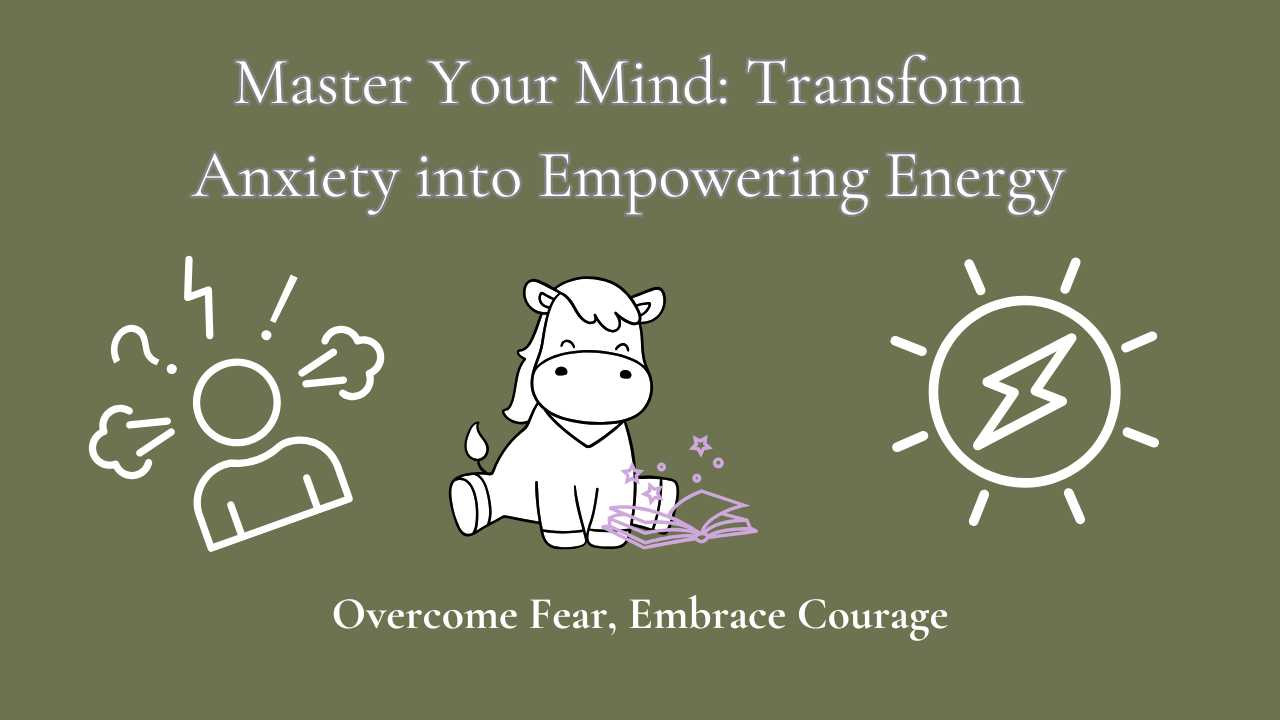
As I was polishing my boots and cleaning my tack, the nausea was taking over, the debilitating fear was building and building fast. Here I was, paying thousands of dollars to compete, and feeling like it was a disaster of epic proportions. Like many of you, when my mind spiraled into a whirlwind of anxiety, it felt like everything was working against me.
I believe we can harness that very energy and transform it into a force that propels us forward. It starts with understanding our body's response and learning how to manage our response to turn those nerves into your biggest ally.
In our latest podcast episode, "Nervous System Takeover" we explored the fascinating connection between physical sensations and mental states. We discussed how tension in the body fuels anxiety in the mind, the similarities between excitement and nervousness, and how "what ifs" can trigger shallow breathing and a freeze response. This blog post delves deeper into these concepts, offering practical tips to help you master your mind and harness anxiety as a powerful tool.
Understanding the Nervous System
- Flight, Fight, or Freeze Response: We are no different than our horses in so many ways. When our anxiety starts to build, we may just want to run away, push through anyway, or just stay stuck. This is our cue to do something different. It is time to take some deep breaths, reframe the situation into something positive, and bring us back to enjoying what we are doing, right now in this moment, just like we would do with our horses.
Turning Anxiety into Excitement
- Reframing Nervousness: We can change the feelings of stress and anxiety, to feelings of excitement, just like when we were little and found out we were going to Disneyland. Our mind can reinterpret nerves into excitement. Think about the trigger of anxiety and find one thing you look forward to. Close your eyes and visualize growing bigger, filling you up, and replacing the anxiety—until you can feel the excitement taking over.
The Power of Awareness
- Identifying Triggers: I love this one. It is so simple and very powerful. When you think about what causes you anxiety, figure out the very first thought that you have that starts that anxiety building. That is the trigger. Reframe that very first step. Example: When my horse lifts her head, that was my trigger thinking she would rear. I reframed it so that when she lifts her head, she is being curious, and I can play with her curiosity. It felt so much better to think of the reframe and I have enjoyed her lifting her head since then.
By understanding your nervous system and learning to manage your body's response, you can transform anxiety into a powerful ally. Instead of letting your nerves control you, harness that energy to propel you forward and achieve your goals. To really get some help with transforming your anxiety, I would love to chat with you about our Courage Coaching program which will walk you through each step. Schedule here!
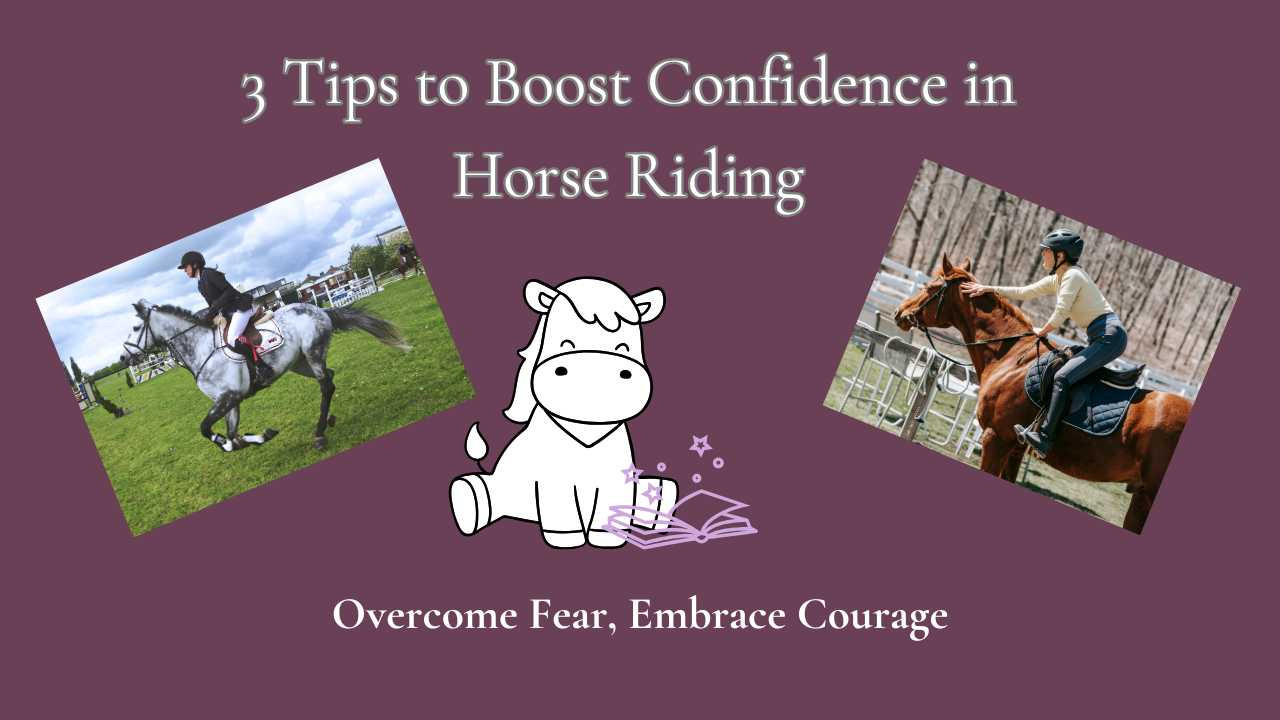
As I was building my confidence back after my accident, I realized how much anxiety and confidence are intertwined. I would get on and ride and feel so good and then my horse would spook at a deer, and I would have anxiety flood back in again. The two danced back and forth like doing the Tango! The one thing it forced me to realize is that I could not give up on gaining confidence. I had to keep working through the anxiety to get the confidence back or I was going to lose my joy for riding, forever.
Here are my top three tips for playing with this balance and helping Confidence get the upper hand:
Self-Discovery - Recognize Your Unique Strengths
What makes you unique? Understand and embrace your strengths. It’s time to shine a spotlight on your skills. Take a few moments and actually put pen to paper and write down your skills, the things about you that allow you to accomplish your goals and enjoy your life. This will help you see where confidence plays a role in your life.
Mastery - The Path to Excellence
How did you become skilled? Reflect on your journey, the hours of practice, and the dedication that got you here. It didn't happen overnight. It was a journey, a journey worth celebrating!
Confidence - Thriving Beyond Doubt
Take steps even when anxiety is present. It isn't always easy but it is extremely rewarding. By taking a few steps, in spite of the anxiety, you are showing your mind that you are worthy of confidence. The focus on taking the steps will help to bring more confidence along for the next time anxiety starts to creep in. Embrace your fears, and let’s turn them into steppingstones towards your success.
Ready for a deeper dive into overcoming riding fears? Let's have a complimentary chat and see if a hypnotherapy session could help you gain confidence and shrink the anxiety much faster than traditional techniques!
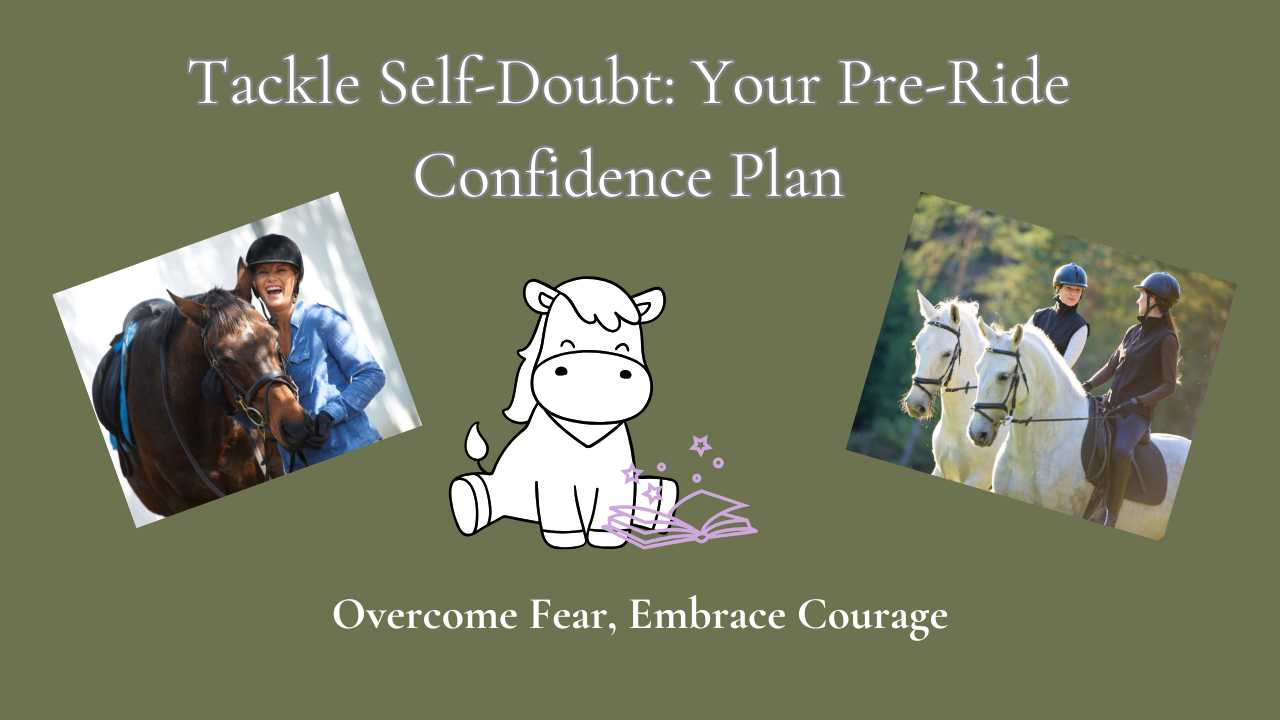
After my accident, self-doubt hit me harder than the fall itself. It wasn’t just about riding—I started questioning everything. How did I miss the warning signs? Could I really do my job? Start a business? That small seed of doubt grew, creeping into areas of my life I had never questioned before.
Sound familiar? Many of us experience moments of self-doubt that, if left unchecked, take root and spread. But here’s the thing: challenges like self-doubt aren’t meant to break us. They’re meant to shape us. If we shift our perspective, we can use them to grow into who we’re meant to be.
How to Turn Self-Doubt into Confidence
🐴 Recognize & Thank the Doubt
Instead of fighting self-doubt, acknowledge it. Why is this here? What is it trying to teach me? When you express gratitude for doubt, it loses its grip. Instead of feeling like an enemy, it becomes a stepping stone toward growth.
Instead of fighting self-doubt, acknowledge it. Why is this here? What is it trying to teach me? When you express gratitude for doubt, it loses its grip. Instead of feeling like an enemy, it becomes a stepping stone toward growth.
🐴 Take Opposite Action
Self-doubt says, You’re not ready. Flip it! If I doubted my horse was ready for me to get on, I created a checklist—just like a pilot before flying a plane. Having clear steps transformed fear into certainty. Create your own checklist to counteract your self-doubt.
Self-doubt says, You’re not ready. Flip it! If I doubted my horse was ready for me to get on, I created a checklist—just like a pilot before flying a plane. Having clear steps transformed fear into certainty. Create your own checklist to counteract your self-doubt.
🐴 Stack Your Confidence
Each small win builds confidence. Once I tackled my checklist, I added more tools: a helmet, a vest, a grab strap—layers of confidence, like wrapping up in Charmin! (Because who doesn’t want that extra cushion of security? 😆)
Each small win builds confidence. Once I tackled my checklist, I added more tools: a helmet, a vest, a grab strap—layers of confidence, like wrapping up in Charmin! (Because who doesn’t want that extra cushion of security? 😆)
Self-doubt doesn’t mean you’re not capable. It’s an opportunity to step up and prove to yourself just how capable you really are. The question is: What’s one action you can take today to turn doubt into confidence?
Want to replace self-doubt with confidence? Grab my Pre-Ride Confidence Checklist—a simple guide to ensure both you and your horse are ready to ride. Download it here!
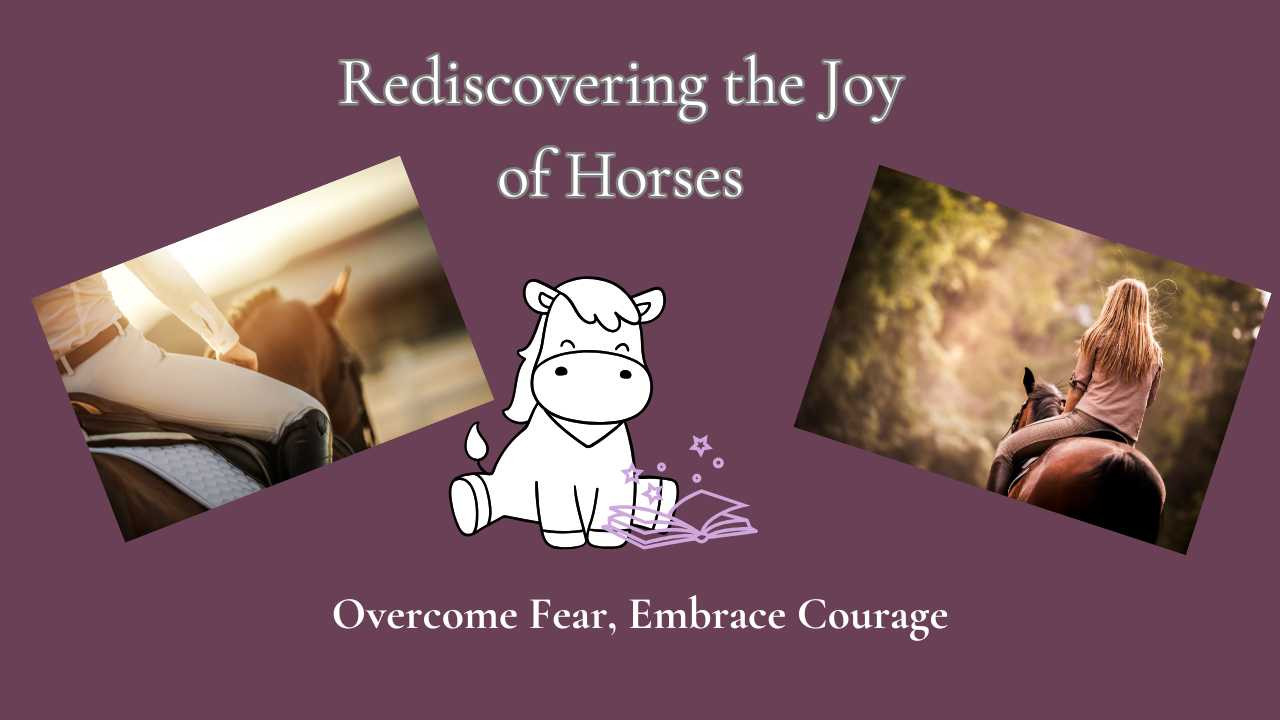
Fear has a sneaky way of making us forget why we started riding in the first place. It can turn something we once loved into a source of stress, causing us to overthink every step. But what if we could tap back into the effortless joy we used to feel?
Instead of focusing on what could go wrong, let’s take a new approach—one that brings back the excitement, wonder, and deep connection that horses once gave us.
A Different Way to Find Confidence
Confidence doesn’t always come from pushing through fear. Sometimes, it comes from remembering what it felt like before fear took over. Think about when you first fell in love with horses—before anxiety, before self-doubt.
Was it the feeling of freedom?
The trust between you and your horse?
The simple happiness of being in the moment?
Try this: Find an old picture of yourself with a horse or write about a favorite horse memory. What did that version of you believe? How did they see riding differently than you do now?
Feel Before You Think
When fear creeps in, we tend to analyze everything—what could go wrong, how we might fail, what mistakes we need to avoid. But confidence doesn’t start in the mind. It starts in the body.
Instead of overthinking your next ride, try this: Take a deep breath, close your eyes, and let yourself feel what it’s like to ride with joy. Imagine the rhythm of the trot, the steady beat of hoofprints in the sand, the way your horse responds to your cues. Let your body remember that sensation before you even step into the stirrup.
Bring Playfulness Back Into the Saddle
Fear often makes us take riding too seriously. But horses don’t live in the past or the future—they live in the moment. What if you let yourself do the same?
Try this: The next time you ride, set a small, playful goal. Maybe it’s playing a game like "I Spy", trying a new path, or simply laughing at your horse’s silly antics. Give yourself permission to enjoy the ride without pressure.
Confidence isn’t something you force—it’s something you rediscover. And sometimes, the best way forward is to take a new route back to joy.
Ready to build your confidence and shift your mindset?
Boost your confidence in just 7 days! 🐴 Get your daily journal prompt, affirmation, and action step—join the challenge now! March 17 - 23, 2025 (replays available after this)
